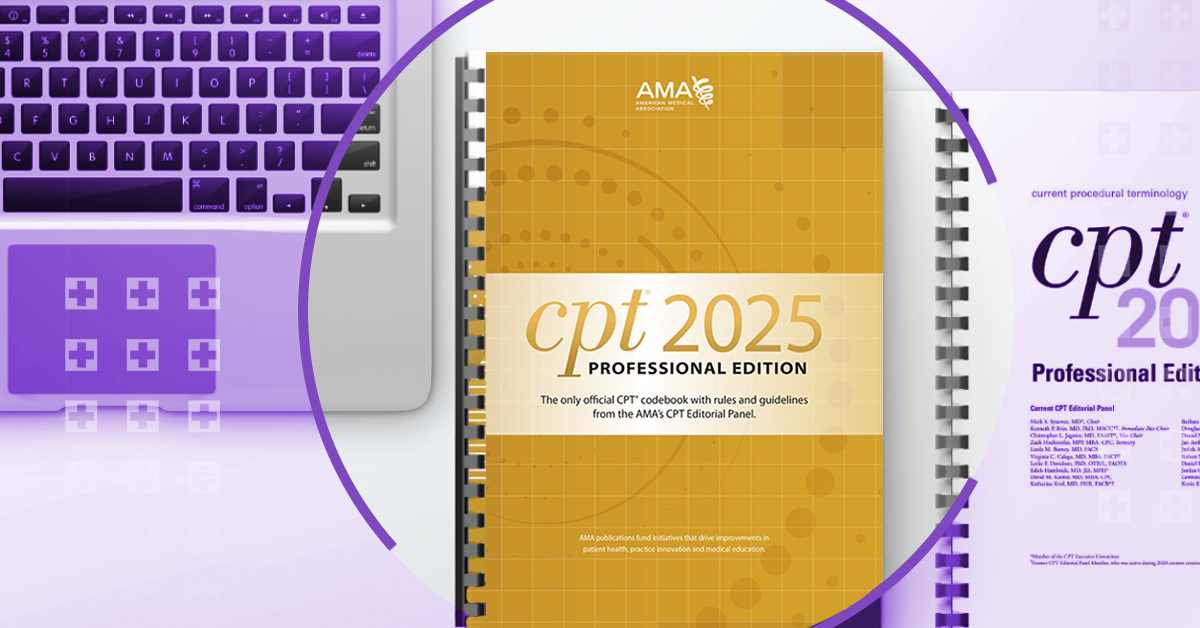If your organization is considering managing ongoing updates to standardized code sets and mapping them to clinical terminology on your own, proceed with caution. Code crosswalks—the bridges used to translate or compare data between systems—are inherently fragile and prone to failure.
Maintaining crosswalks is not only a manual and time-intensive process but also one that struggles to keep pace with frequent updates. Each code set follows its own update schedule, making it easy for outdated information to creep into your workflows. The reality is, clinical terminology is really challenging to maintain without an expert to help.
For instance:
- ICD-10-CM and ICD-10-PCS: Updated bi-annually, effective April 1 and October 1.
- HCPCS: Updated quarterly, effective January, April, July, and October.
- CPT®: Updated annually, effective January 1.
And that’s just the major U.S. code sets. Additional updates, like DSM, ICD-O-3, and international standards, add even more complexity.
Instead of shouldering this intricate process yourself—risking a loss of specificity and jeopardizing data quality—partner with experts in coding, terminology, and clinical informatics. Here’s a closer look at how a clinical terminology partner can eliminate crosswalk headaches for good.
How a code is updated: From release to production
When governing bodies release updated code set files, the process begins. The Mapping team works with the Engineering team to load and analyze the files, identifying new, revised, and deleted codes. From there, the Mapping team verifies the data and starts their in-depth review.
New codes, revised code descriptions, deleted codes
The Mapping team begins by reviewing new codes, identifying concepts that may need remapping. These codes are released by governing bodies and often require new terminology. A reliable partner uses concept titles, IDs, codes, or a mix to ensure no concepts are missed during this process.
Next, they assess revised code descriptions. Minor changes like punctuation may not affect mapping, but meaningful changes require careful review. Revised codes with altered meanings are flagged and sent to the Clinical team for confirmation. If approved, new terms are built or existing terms are updated and remapped as needed.
Finally, the team addresses deleted codes, which are retired for various reasons—such as outdated procedures or expanded code detail. Once the Engineering team generates the deleted job, Mapping determines whether these concepts should be remapped, retired, or have a specialized code applied because it can’t be mapped anymore.
Navigating code set changes
Each code set update brings changes to codes, descriptions, and sometimes the index, tabular list, tables, and guidelines. The index is an alphabetical list linking terms to codes, while the tabular list organizes codes by body system or condition, with additional rules. In CPT and HCPCS, the index helps locate the main term for a code, while the tabular list provides detailed descriptions. For ICD-10-PCS, both an index and tables are used.
Guidelines outline nationally standardized rules for coding professionals. The Mapping team of your clinical terminology partner will carefully analyze these updates to identify potential impacts on current mappings. This involves reviewing changes, assessing affected concepts, and discussing their intent with the wider specialized team. These updates often require research, team discussions, and editorial adjustments.
Managing code set updates: A coordinated effort
Once Mapping finalizes job criteria, the engineering team creates the necessary jobs. For major updates like ICD-10-CM, ICD-10-PCS, and CPT, most work happens in vocab versioning—a development environment where changes are made before pushing updates to production.
Mapping handles:
- Initial mapping for new concepts.
- QA jobs for previously mapped concepts.
- Manual updates, as needed, for last-minute changes.
When jobs are ready, Mapping coordinates with the Engineering team to schedule test mergers. Once successful, updates are merged into production.
Do you want to do all that on your own?
The intricate process of maintaining standardized code sets and mappings is no small task. Handling it in-house can be overwhelming, resource-intensive, and costly.
But the good news? You don’t have to.
At IMO Health, we make code crosswalks obsolete and simplify terminology management. To learn how our solutions can provide seamless support so you can focus on your goals, click here.
CPT is a registered trademark of the American Medical Association. All rights reserved.


